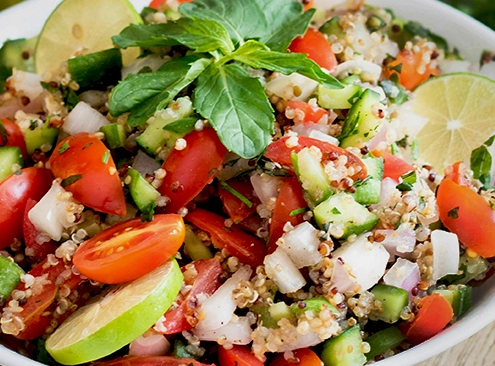
Masouleh Village, Iran (History, Weather, Map, Photos)
/
0 Comments
Welcome to the enchanting realm of Masuleh, Iran, where tradition…

Omar Khayyam (Biography, Books, Poems, Rubaiyats)
It is no exaggeration to say that no other Persian literary figure…

Everything About Persian Bread; From Sangak To Barbari
Iranians have always had a special respect for bread for a long…

Bisheh Waterfall, Lorestan (Photos, Reviews, Location)
Lorestan is a province that boasts one of the most pleasant weather…

Top 10 Iranian Movie Directors of All Times
Iran has a great and diverse field in cinema. In the whole process…

The Top Iran Dessert Food You Need to Try!
The Persian word "shirini" refers to Iran dessert food, which…

Everything About Iranian Folk Music (Instruments, Songs)
Due to the fact that music has always had a profound effect on…

Everything About Tajrish, Tehran (History, Square, Bazaar, Map)
Tajrish Street is one of the most wonderous streets in the north…

Anahita Temple, Kangavar (History, Architecture, Location)
The Anahita Temple is one of the amazing sites in Kangavar, which…

Bisotun (Behistun), Kermanshah: Inscription, History
The Bisotun complex, situated in the west of Iran in the historical…

Ganjali Khan Complex, Kerman (Photos, History, Address)
Rayen Canyon, Shahdad Desert, and Lut Desert are among the area's…

Palangan Village Kurdistan: Architecture, Facts, Photos
The Palangan Village, also known as “The Lost Paradise of Kurdistan,”…

Darakeh Tehran: Weather, Photos, River, History
Darakeh, located in the northern part of Tehran, is a lovely…

Amir Chakhmaq Complex Yazd (Photos, History, Timing)
Yazd is a historic city in central Iran recognized for its rich…

What Is Falafel? (Origin, Ingredients, Recipe)
Falafel is one of the easiest and tastiest foods in the Middle…

Tashkent Zoo: Tickets, Photos, Price, Map
The city of Tashkent in Uzbekistan is a place with a diverse…

Ghormeh Sabzi: Persian Herb Stew, Recipe, Ingredients
Iran has a rich culinary collection of foods and dishes that…

Shirazi Salad: Recipe, Calories, History, Ingredients
The people of Shiraz are proud of their city's culinary tradition…


